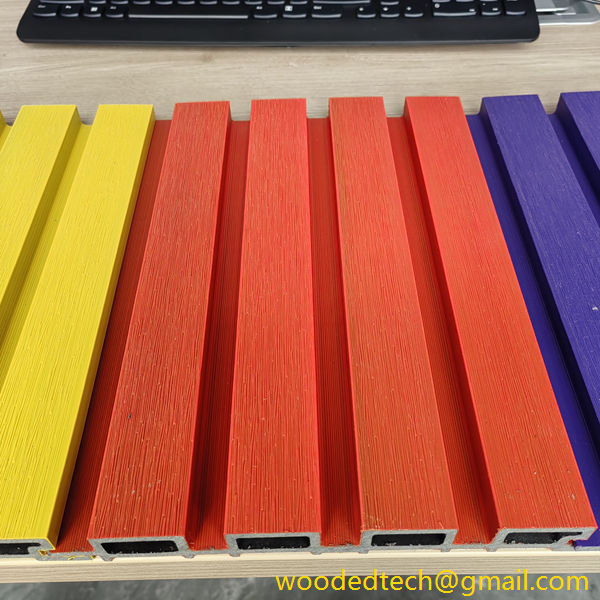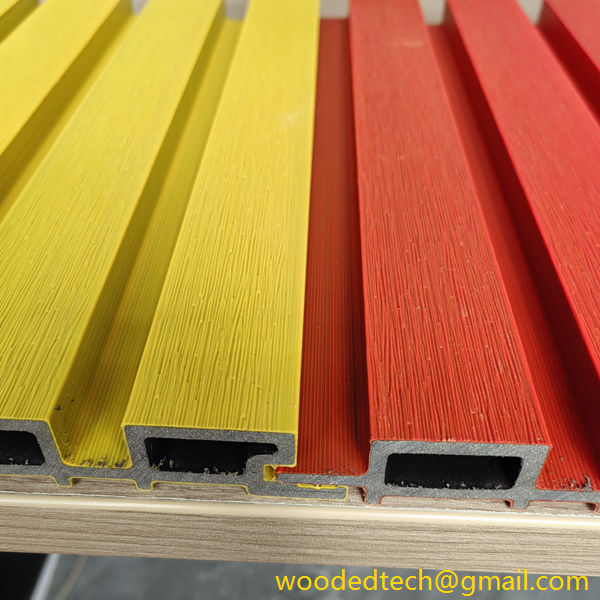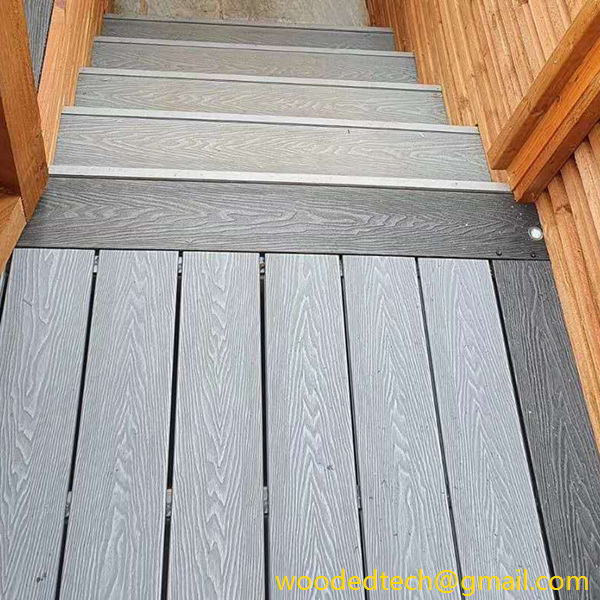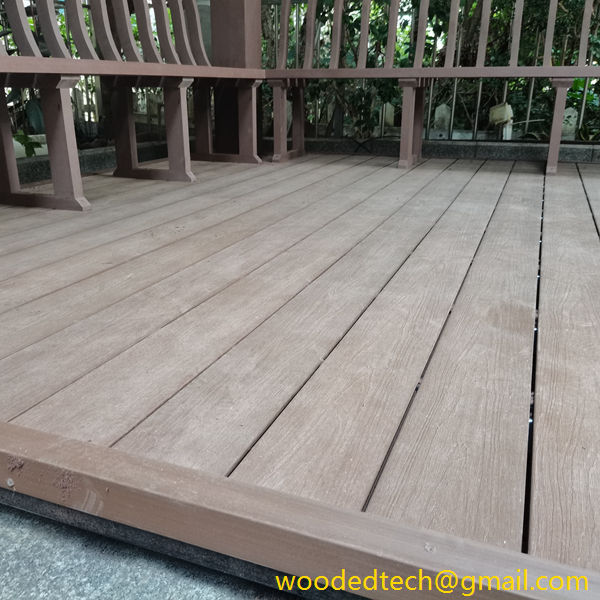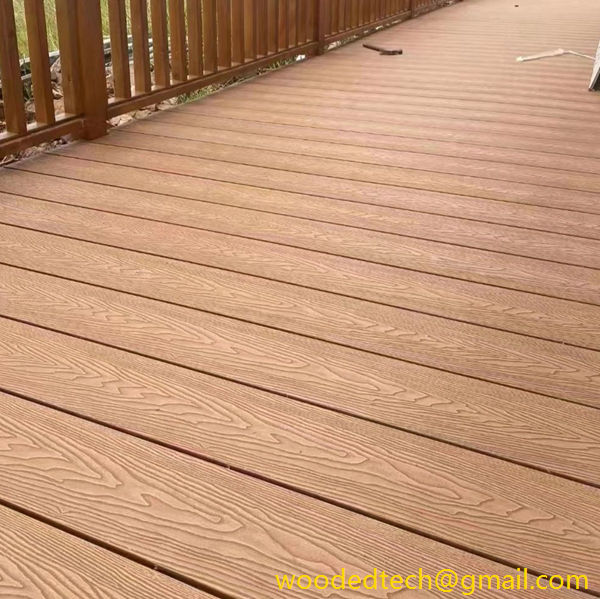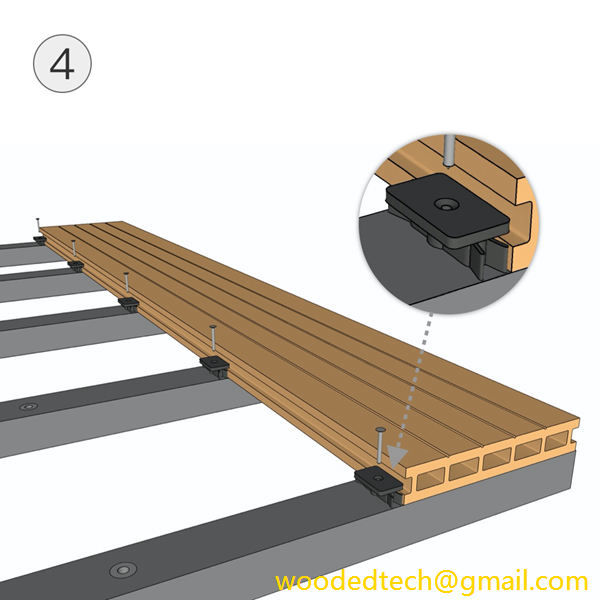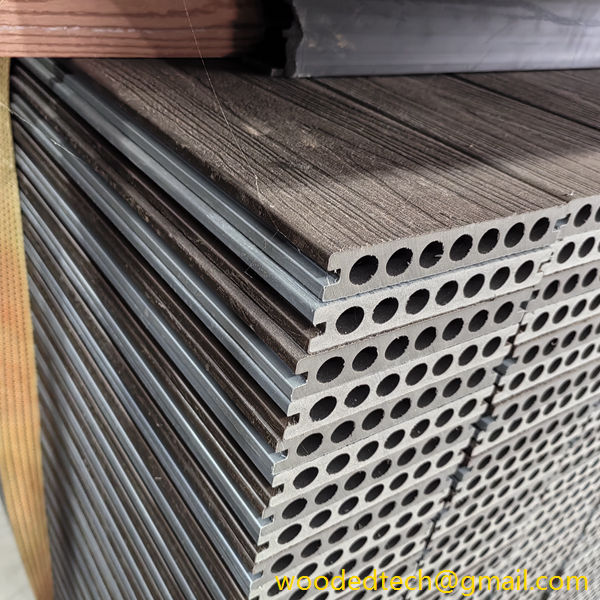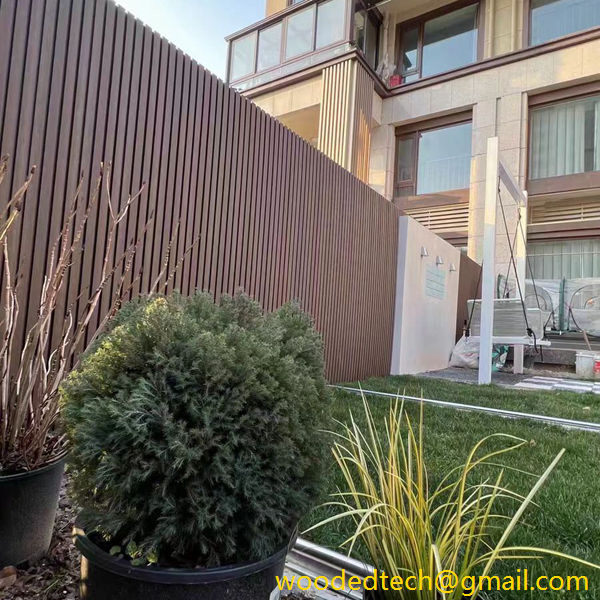What is the Price of WPC Cladding for Your Project?
What is the Price of WPC Cladding for Your Project? When considering the price of WPC (Wood Plastic Composite) cladding for your project, it is essential to understand the various factors that can influence the overall cost. WPC cladding has gained popularity in recent years due to its durability, low maintenance requirements, and aesthetic appeal….
What is the Price of WPC Cladding for Your Project?
When considering the price of WPC (Wood Plastic Composite) cladding for your project, it is essential to understand the various factors that can influence the overall cost. WPC cladding has gained popularity in recent years due to its durability, low maintenance requirements, and aesthetic appeal. This composite material combines the best properties of wood and plastic, making it an excellent choice for exterior finishes in both residential and commercial applications.
One of the primary factors affecting the price of WPC cladding is the type of material used in its production. WPC is manufactured using a combination of wood fibers and recycled plastic, and the specific materials can vary widely. Different types of wood fibers, such as hardwood or softwood, can significantly influence the overall quality and cost of the cladding. Moreover, the source and quality of the recycled plastics used can also affect pricing. Higher-quality materials tend to be more expensive but can offer better performance and longevity.
Another critical factor is the manufacturing process. The production method can vary based on the manufacturer and the complexity of the cladding profile. Some manufacturers employ advanced technology to produce high-quality WPC cladding that is more resistant to fading, staining, and moisture damage. These products may come at a premium price but often provide better long-term value due to their longevity and reduced need for maintenance.
The design and profile of the WPC cladding can also influence its cost. WPC cladding is available in a vast array of styles, colors, and textures, allowing for a high degree of customization to suit specific project requirements. More intricate designs or unique finishes, such as embossed textures, may come at a higher price point compared to standard profiles. Additionally, if you are looking for specific colors or finishes, custom orders may incur additional costs.
Another aspect to consider is the size and dimensions of the cladding boards. WPC cladding typically comes in standard lengths and widths, but some projects may require custom sizes. Larger boards may be priced differently than smaller ones, and special sizes can increase material costs. It is essential to determine your project’s requirements regarding dimensions to get an accurate estimate.
The geographic location of your project can also impact the pricing of WPC cladding. Transportation costs can add to the overall price, especially if the material needs to be shipped over long distances. Additionally, regional market conditions and the availability of WPC products can influence pricing. In regions where WPC is more commonly used, you may find more competitive pricing compared to areas where it is less prevalent.
Labor costs are another significant consideration when estimating the total price of your WPC cladding project. Although WPC cladding is generally easier to install than traditional wood siding, skilled labor is still required to achieve a professional finish. The complexity of your installation may also affect labor costs. For instance, if your project involves intricate designs or custom cuts, it may require more time and expertise, resulting in higher labor expenses.
Maintenance considerations should also be factored into the overall cost of WPC cladding. One of the primary reasons homeowners and builders choose WPC is its low maintenance requirements compared to traditional wood. However, it is essential to understand that while WPC cladding is resistant to rot and insect damage, it still requires periodic cleaning to maintain its appearance. The costs associated with maintenance, including cleaning products and labor, should be included in your overall budget.
While discussing costs, it is also beneficial to consider the long-term value of investing in WPC cladding. Although the initial purchase price may be higher than traditional wood siding, the durability and low maintenance requirements of WPC can lead to significant savings over time. WPC cladding is designed to withstand the elements, resisting fading, warping, and splintering, which means fewer repairs and replacements are needed throughout its lifespan.
To get a more accurate estimate of the cost of WPC cladding for your project, it is advisable to obtain quotes from multiple suppliers and contractors. Comparing prices and exploring different options can help you find the best material that fits your budget and design preferences. Additionally, consulting with professionals who specialize in WPC installation can provide valuable insights into the most cost-effective solutions for your specific project.
In conclusion, the price of WPC cladding for your project can vary based on several factors, including the type of materials used, the manufacturing process, design and profile choices, geographic location, and labor costs. By thoroughly researching your options and understanding the various elements that contribute to pricing, you can make an informed decision that aligns with your budget and project goals. Investing in high-quality WPC cladding not only enhances the aesthetic appeal of your property but also provides long-term value through its durability and low maintenance requirements, making it a wise choice for both residential and commercial applications.

